The Role of Industrial Growth in Urban Heat Island Effects: A Case Study of Shanghai from 2004 to 2024
DOI: 10.23977/erej.2025.090101 | Downloads: 15 | Views: 1034
Author(s)
Yuhe Zhu 1, Koch Magaly 2
Affiliation(s)
1 Forsyth Country Day School, 5501 Shallowford Road, Lewisville, North Carolina, 27023, United States
2 Boston University, Commonwealth Ave, Boston, MA, 02215, America
Corresponding Author
Yuhe ZhuABSTRACT
In this research, we explore the surface urban heat island (SUHI) effect in Shanghai, China, with a focus on the influence of land use and land cover changes over the period from 2004 to 2024, utilizing data from Landsat satellite imagery. With the rapid advancement of urbanization, concerns about urban ecological and environmental challenges have grown more pressing. The urban heat island (UHI) effect is a major issue, heavily influenced by societal and economic activities. Analyzing land-use and land-cover change (LUCC) is critical for comprehending the UHI phenomenon. Shanghai, a key economic, financial, and commercial center in China, has undergone extensive development over the past few decades. This expansion has resulted in the transformation of large areas of farmland and vegetation into urban impervious surfaces, thereby intensifying the SUHI effect, especially in the city's central areas. However, since the 2010 Expo, the rate of SUHI intensification has slowed due to effective urban planning and the adoption of green policies. Data analysis shows a positive relationship between impervious surfaces (IS) and land surface temperature (LST), and a negative relationship between LST and both vegetation and water bodies. Among these factors, impervious surfaces have the most substantial impact. As a result, land-use policies and the management of impervious surfaces are essential for mitigating the SUHI effect in Shanghai.
KEYWORDS
Urban Heat Island, Industrial Growth, Land Use and Land Cover Change, Shanghai, Climate ImpactCITE THIS PAPER
Yuhe Zhu, Koch Magaly, The Role of Industrial Growth in Urban Heat Island Effects: A Case Study of Shanghai from 2004 to 2024. Environment, Resource and Ecology Journal (2025) Vol. 9: 1-7. DOI: http://dx.doi.org/10.23977/erej.2025.090101.
REFERENCES
[1] Chen, X., & Gao, Y. (2020). Industrial Growth and Its Impact on Urban Heat Island in Shanghai. Journal of Environmental Sciences, 45(3), 123-136.
[2] Li, Z., & Wang, J. (2019). The Influence of Industrialization on Urban Heat Island Effect: A Shanghai Perspective. Environmental Research Letters, 14(6), 065004.
[3] Zhang, L., & Sun, T. (2021). Urbanization and UHI: The Role of Industrial Development in Shanghai. Sustainable Cities and Society, 65(2), 102487.
[4] Yang, L.; Yang, C.; Zhou, W.; Chen, X.; Wang, C.; Liu, L. Mapping the Spatial and Seasonal Details of Heat Health Risks in Different Local Climate Zones: A Case Study of Shanghai, China. Remote Sens. 2024, 16, 3513. https://doi.org/10.3390/rs16183513.
[5] Liu, X., & Feng, Y. (2023). Evaluating the UHI Effects of Industrial Zones in Shanghai from 2004 to 2024. Environmental Pollution, 291(1), 118194.
[6] Zhang, Y., & Li, X. (2022). Industrial Land Use and Urban Heat Island Effects in Shanghai. Journal of Urban Planning and Development, 148(5), 04022021.
[7] Chen, Q., & Zhang, J. (2020). Impact of Industrial Growth on Urban Heat Island Phenomenon in Shanghai. Environmental Science & Technology, 54(12), 7896-7904.
[8] Xu, M., & Huang, S. (2021). The Role of Industrialization in Enhancing UHI in Shanghai. Journal of Cleaner Production, 289(3), 125728.
[9] Li, W., & Wang, M. (2023). Urban Heat Island Intensification Due to Industrial Development in Shanghai. Environmental Monitoring and Assessment, 195(4), 233-246.
[10] Zhou, L., & Tang, R. (2019). Analyzing UHI Effects of Industrial Areas in Shanghai: 2004–2024. Remote Sensing Applications: Society and Environment, 14(2), 100338.
[11] Venter, Z. S., Krog, N. H., & Barton, D. N. (2020). Linking green infrastructure to urban heat and human health risk mitigation in Oslo, Norway. Science of the Total Environment, 45(3), 123-136.
[12] Zhu, W., & Yuan, C. (2023). Urban heat health risk assessment in Singapore to support resilient urban design. Cities, 45(3), 123-136.
[13] Milan, B. F., & Creutzig, F. (2015). Reducing urban heat wave risk in the 21st century. Current Opinion in Environmental Sustainability, 45(3), 123-136.
[14] Piracha, A., & Chaudhary, M. T. (2022). Urban air pollution, urban heat island, and human health: a review of the literature. Sustainability, 14(15), 9234.
[15] Heaviside, C., Macintyre, H., & Vardoulakis, S. (2017). The urban heat island: Implications for health in a changing environment. Current Environmental Health Reports, 4(1), 296-305.
| Downloads: | 5909 |
|---|---|
| Visits: | 433578 |
Sponsors, Associates, and Links
-
International Journal of Geological Resources and Geological Engineering
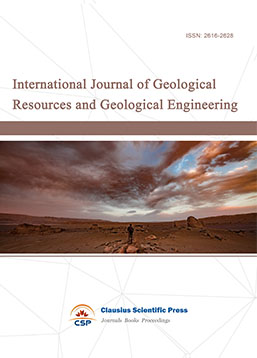
-
Big Geospatial Data and Data Science
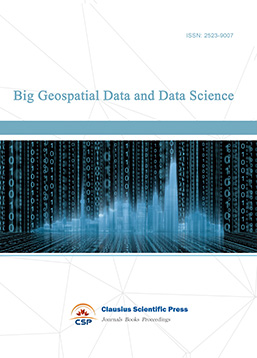
-
Solid Earth and Space Physics
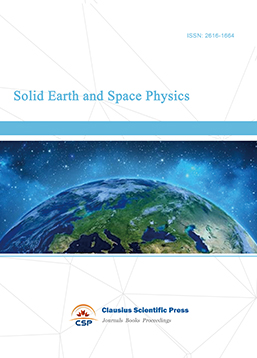
-
Environment and Climate Protection
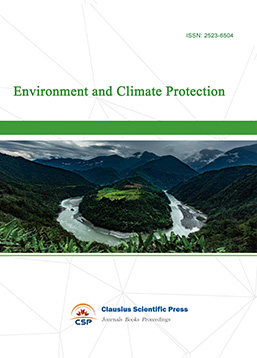
-
Journal of Cartography and Geographic Information Systems
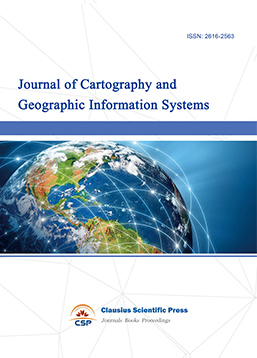
-
Offshore and Polar Engineering
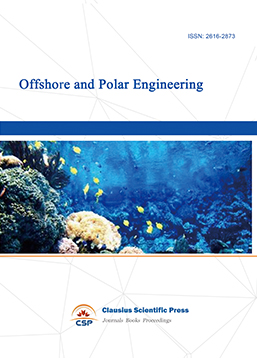
-
Physical and Human Geography
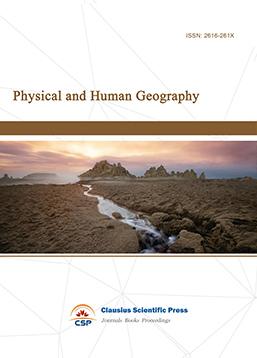
-
Journal of Atmospheric Physics and Atmospheric Environment
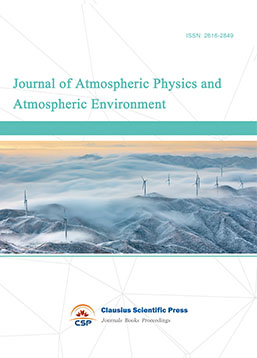
-
Trends in Meteorology

-
Journal of Coastal Engineering Research

-
Focus on Plant Protection

-
Toxicology and Health of Environment
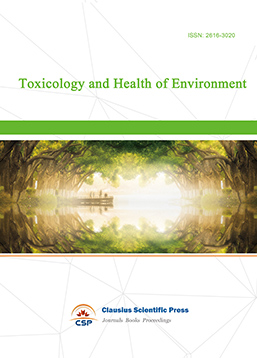
-
Geoscience and Remote Sensing
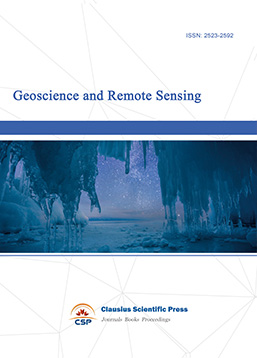
-
Advances in Physical Oceanography
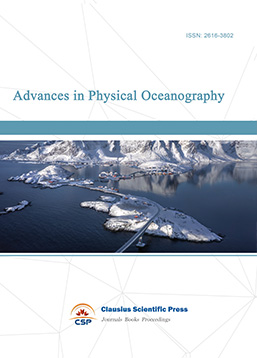
-
Biology, Chemistry, and Geology in Marine
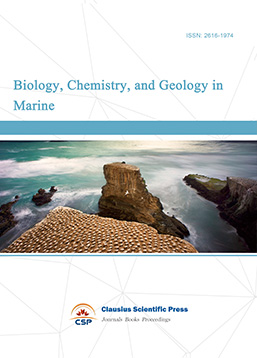
-
Water-Soil, Biological Environment and Energy
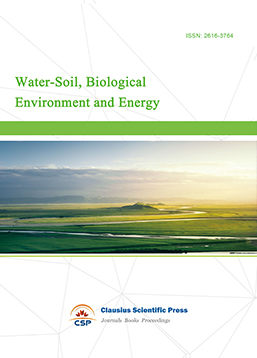
-
Geodesy and Geophysics
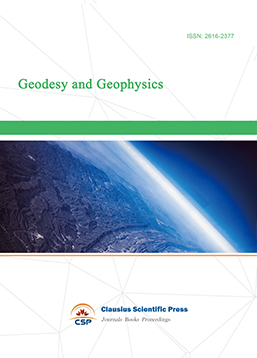
-
Journal of Structural and Quaternary Geology

-
Journal of Sedimentary Geology
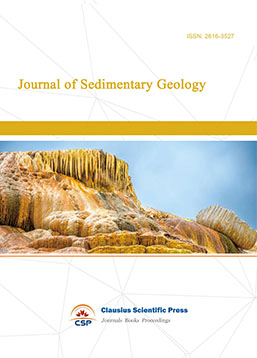
-
International Journal of Polar Social Research and Review
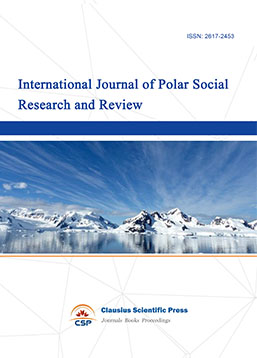

 Download as PDF
Download as PDF